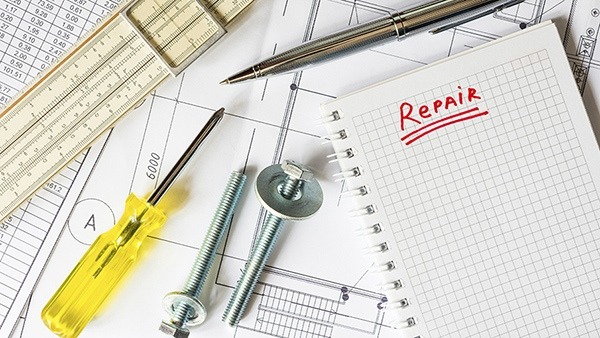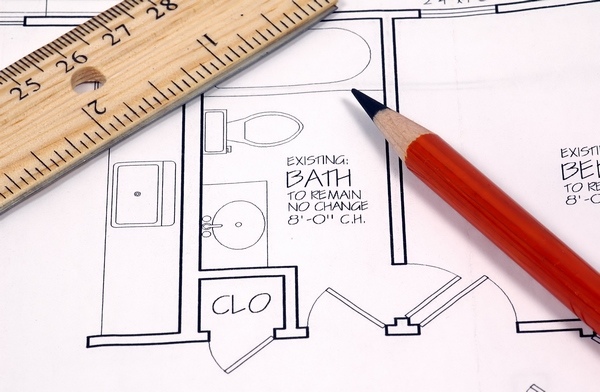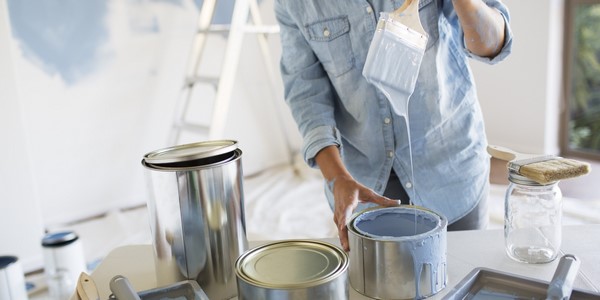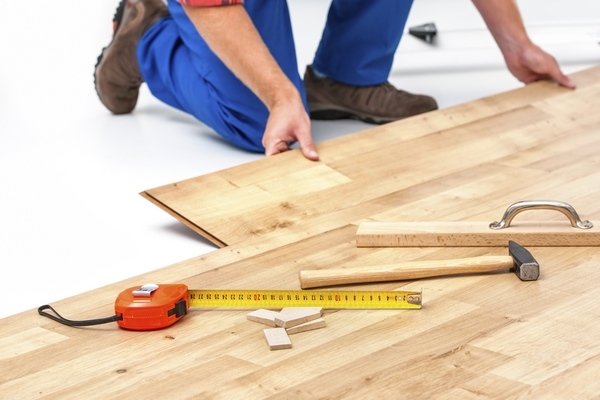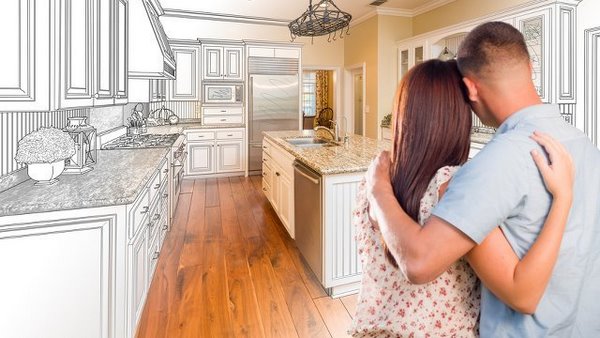How to plan home renovation? Many people prefer to do home repairs themselves, some – because of a tight (or a lack of) budget, others – because they like DIY projects. Everyone who has already gone through this process remembers the mistakes he made. Most often disappointments come from the lack of experience and organization. So, if you are planning some home remodeling project, do not panic! We shall give you some practical tips for your home renovation checklist and the sequence of actions – which comes first, etc.
How to plan home renovation – understanding the sequence
The stages of repair can be presented as a sequence, which should not be ignored. There is a reason and logic for this sequence. You can skip one or more stages, depending on the type of renovation activities that you plan. Remember that repair works begin from above and gradually move downwards. Before the beginning of clean work, the dirty ones must be completed.
The sequence looks like this:
- Planning;
- Permits;
- Demolition;
- Structural work (construction of new walls, enlarging window and door opening, etc.);
- Installation of pipes, electricity and other communications;
- Insulation;
- Closing up the walls with drywall;
- Installation of new windows and doors;
- Plastering;
- Finishing work on the ceiling and walls – installing trims, crown molding, etc.;
- Painting;
- Cleaning;
- Floor installation;
When working on a tight budget, you can do some of those as a DIY project. For example, even if you are not experienced in renovations and remodeling, you can still paint the walls, right?
It will be a good idea to set a timeline as well as this will give you an idea for the time needed for your renovation. For example, the stage of planning may take a week or a month, depending on what you want to do. Getting permits also requires time and you have to get them before any work begins.
How to plan home renovation – Step 1 Make a wish list
How to plan home renovation? Where to begin? What to do first? Well, a wish list, not a checklist is the first step towards a successful home renovation. You need to know exactly what you want, where you want it and how you want it. You surely have a clear idea whether you are going to do a major renovation or just cosmetic repairs. Typically, major remodeling involves a complete redesign of windows, doors, walls (with possible demolition), floor, ceiling, etc. while cosmetic repair is limited to re-painting walls, ceiling, installing new carpet, etc.
Another important question that needs an answer is whether you are going to live in the house or apartment during the remodeling or you will move out. For example, if remodeling is carried out in several rooms at the same time, all plumbing is removed and communications are disconnected, it will be really difficult to stay in your home and lead a normal life. A major renovation involves moving out your furniture, household appliances, valuable and fragile belongings and other items that you plan to use after repairs. If this is not possible, they must be moved to one room and covered with plastic to protect them from dust and paint. When you cannot move during the renovation you need to think of how you will organize hygiene, cooking, etc.
Step 2 – Make a checklist/ schedule of work
Once you have completed your wish list, it is time for the checklist. Write down all that needs to be done, including permits, finding a contractor, researching for materials, etc. A checklist will help you stay organized and will be a good reminder for all those details that you may forget.
Step 3 – Determine your budget
Whether major or cosmetic, all renovations come at a price. On the first place you need to take into consideration the cost for materials and not forget the labor costs. Keep in mind that there may be (actually, there are always) unexpected expenses, so you will need a budget for those too. Once you have a rough idea for the estimated costs, consult with the contractor and mend your budget.
Step 4 – Draw a sketch and visualize your ideas
Measure the walls of the room, the window, the doorway, and draw a plan of the room. Mark the place of the furniture. At this stage it is important to understand the overall dimensions of future furniture. Try to be as precise as possible as this is essential. For example, a good plan will show you whether the new sofa takes too much floor space. If you placed a coffee table in front of the sofa will there be enough room for walking around?
Step 5 – Find a contractor
It is great when friends can advise really cool contractors. However, ask what he did for your friends. For example, if he renovated their bathroom, it may not be the best man for your kitchen remodeling. Try to find as much information as possible. There are many companies that advertise their work on web pages. Look at the photos of their work and read the reviews and feedback from customers.
Step 6 – Secure permits and order materials
This is a very important step. Permits are required in many municipalities and getting them will help you prevent delays or even having to redo the job. Make sure that there are no renovation restrictions for your building, especially if you live in a historic one. Check the local regulations as you may need different permits depending on the renovation. For example, if you plan a kitchen extension you may need council approval for changes to the external appearance of the property or get approval from the homeowners association for painting the house. If you plan to change the layout and demolish a wall to expand your master bathroom, this may also need preliminary approval. Consult with your architect or contractor as they are professionals and usually well acquainted with the local regulations. Order the materials that you will need before starting any work as this will reduce the chance of delays.
Step 7 – Choose the color scheme
Determining the color scheme may sound like an easy task and many people neglect it. However, when they go to the store, the huge choice of colors and shades can throw them into confusion since all the samples look nice, beautiful, and perfectly suitable. It is best if you prepare yourselves in advance and have a clear idea what colors will work for your home. If necessary, consult with a designer or interior decorator.
Step 8 – Choose the flooring
If this is your first home renovation, you need to know that the floor is the one of the most important elements. Everything else will be installed on it. If you want light walls, then the flooring should be the darkest surface in the room. Cold shades of walls are complemented by warm floor color and vice versa. Harmony and balance are important in everything.
Step 9 – Choose furniture
When you have determined the color scheme and flooring it is time for choosing the furniture. Whether this would be new kitchen cabinets, a sectional sofa or a corner sofa, bedroom or dining room furniture, choose the new pieces as per your design concept. Make sure that the room will not be cluttered, use your sketch and see the layout of all the pieces. You will be surprised how much visualization helps!
Step 10 – Choose lighting
Proper lighting can transform a room in the evening. Do you like to read a book on the couch in the evening? Do you have an empty and dark corner in the room? Decorate it with a floor lamp. Do you need a focal point? Think of a spectacular chandelier which can be a conversational item as well.
Step 11 – Decoration
This is the most pleasant step of any home renovation – choosing decorative elements and accessories. Candles, vases, flowers, paintings, curtains, rugs, pillows – this list goes on and on. These are the details that give individuality and character to a home and express your style and taste.
In conclusion, here are some practical tips that will help you go through the renovation process successfully.
Remember that communication is essential. Yes, digital technology makes everything easier, including repairs. Get the phone number of your contractor, as well as other contact details so that you can keep in touch at all time.
Make sure that you provided all the documents and design project so that the contractor is well aware of what to do.
Remember that you are the homeowner and it is your decision what will be done. Do not shift all the responsibility on the contractor. After all, this is your home.
Hopefully, we have given you an answer to the question How to plan home renovation. Observing these steps and simple rules, you will successfully complete your project and enjoy your updated home!



